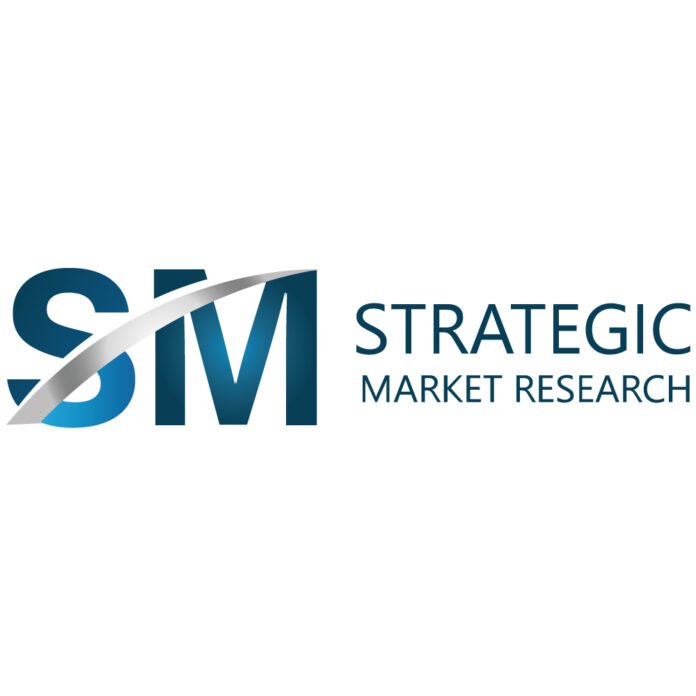One of the techniques used to move medication from one reservoir to another and reduce the risk of drug aerosols, sharps exposure, drug contamination, and hazardous drug exposure is closed system transfer devices or CSTDs. It physically forbids the escape of harmful medication or vapor concentrations outside the system and the transfer of ambient contaminants into the system.
The market worth of closed system transfer devices in 2021 was USD 785.24 million and will reach USD 3.8 billion by 2030 at a 19.2% CAGR during 2021-2030.
The rising incidence of cancer, the rising number of oncology drug approvals, the increasing use of global closed system transfer devices to counteract the negative effects of cytotoxic or antineoplastic medications, and the improvement of regulatory guidelines regarding the safe handling and use of hazardous drugs are the main factors propelling the growth of the global closed system transfer devices market.
Market Dynamics
Drivers
The increased incidence of cancer is a primary driver of the market for closed system transfer devices worldwide. The American Cancer Society predicts that there will be 1.9 million newly diagnosed cases of cancer and 608,570 cancer deaths in 2021 in the United States. One or more antineoplastic medications are used in chemotherapy, a key component of cancer treatment, to eradicate abnormal cells in patients. The distribution of cytotoxic chemotherapeutic chemicals and medications, such as the cancer-treating therapy antineoplastic, is made easier by CSTDs.
Restraints
Inadequate product efficiency and a lack of comprehensive regulations in developing countries may constrain the market throughout the projection period. The National Medical Products Administration estimates that due to a lack of government policies and appropriate norms surrounding closed system drug delivery, approximately 10 million medical professionals in China are exposed to dangerous pharmaceuticals each year.
Opportunities
Drugs known as cytotoxic agents are intended to kill rapidly and uncontrollably proliferating cells. This medication is rising quickly in the healthcare industry worldwide, and it is predicted to spike in the next years. With a CAGR of 6.73%, the Cytotoxic Drugs Market is projected to rise from its current value of USD 12.173 million in 2020 to USD 20.187 million by 2028.
Monoclonal antibodies, the Guerin strain of Mycobacterium Bovis (BCG), and other non-cytotoxic medications like Bacillus of Calmette are also in great demand and will expand at a quick rate in the future.
Market Segmentation
- According to Device Type, the market for CSTDs was ruled by the Membrane-To-Membrane Systems segment, which held a market share of about 70.73% and generated USD 459.1 million in 2020. The largest share is due to its simplicity of use and lesser danger of contamination linked with the double Membrane Containment Systems.
- By technology, the diaphragm based devices segment contributed the largest share of 42.78% and generated USD 286.54 billion in 2020 with an 18.75% CAGR. The simplicity of use and high level of safety offered are the major reasons for this segment’s highest share. The compartmentalized devices segment is growing rapidly at 23.57% CAGR owing to their lower cost.
- On the basis of the closing mechanism, the Luer lock systems segment contributed to the largest market with 33.24% of revenue share and generated USD 213.31 million in 2020 with a 19.17% CAGR. The fastest-growing market is “Color-To-Color Alignment Systems,” which have reduced costs and improved efficiency thanks to pressure equalization methods.
- Based on components, the section “Vial Access Devices” held the largest market share, accounting for around 32.53% of the total share. Due to oncology doctors’ growing usage of CSTD products and vial access devices, this category has the biggest percentage share.
- The ‘Hospitals & Clinics’ end-user segment accounted for the highest share of the CSTDs market, with a share of 83.71%. Due to the hospitals’ substantial financial resources and the pressing need for regulatory requirements, this segment accounts for the highest percentage of the market.
Regional Analysis
North America led the largest market due to easy access to modernized and advanced technologies; nurses, oncologists, and pharmacists were becoming more aware of CSTD, there were numerous major CSTD manufacturers in this area, and cancer was still very common there.
However, with a CAGR of 21.57%, the Asia-Pacific area is rising at the quickest rate. The expansion of the Asia Pacific market is fueled by an ongoing rise in cancer incidence, a rising need for better healthcare services, and the emphasis on important international players like China and India.
Key Players
- Corvida Medical
- Dickinson and Company
- Becton
- B. Braun Melsungen
- Equashield
- Corvida Medical
- ICU Medical
- JMS
- Yukon Medical
- Caragen
- VICTUS
- Simplivia Healthcare
- CODAN MedizinischeGeräte
- Baxter International
The market worth of closed system transfer devices in 2021 was USD 785.24 million and will reach USD 3.8 billion by 2030 at a 19.2% CAGR during 2021-2030. The increased demand for Closed System Transfer Devices to mitigate the side effects of cytotoxic or antineoplastic medications, the rising incidence of cancer, and the increasing emphasis on implementing occupational health and safety requirements are all contributing factors to the market expansion for these devices.
















